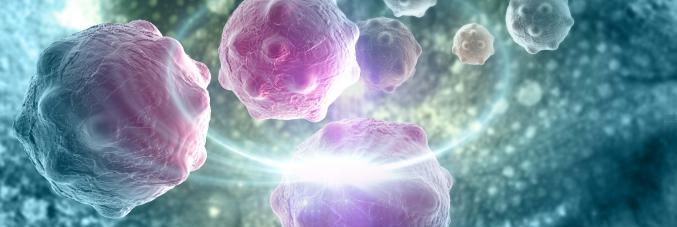
A new tract density index offers a reliable prognostic indicator for brain tumors
27.09.2023
Glioblastoma is the most common malignant brain tumor that, despite ongoing efforts, lacks the prognostic tools needed to identify the effects of emerging therapies. Most studies on this disease have focused on the characteristics of the tumor itself, such as its mutations, its interactions with the immune system, and its response to therapy.
A study between the universities of Padua, Berlin, Bordeaux, and the Veneto Oncology Institute (IOV) of Padua, published research results on the association between white matter tracts affected by glioblastoma in the American scientific journal Jama Neurology entitled White Matter Tract Density Index Prediction Model of Overall Survival in Glioblastoma. The collaborative results were coordinated by Prof Maurizio Corbetta, Professor of Neurology, Director of the Padova Neuroscience Center, Chair of Neurology of the University Hospital of Padua, and Principal Investigator at the Veneto Institute of Molecular Medicine (VIMM).
The research focused on the characteristics of the brain for which this tumor develops by demonstrating that the prognosis of this disease depends on the density of structural connections that bundle fibers connecting areas of the brain to each other based on the region where the tumor develops.
The research shows that as the tumor grows in areas with a high density of fibers, the survival rate from the moment of diagnosis is shorter, whereas as the tumor grows in areas with a low density of fibers, the prognosis is better. Suggesting that tumors that grow in regions with highly dense fibers are more likely to spread to the remaining regions of the brain.
Researchers Dr. Alessandro Salvalaggio (Department of Neuroscience), Dr. Lorenzo Pini (Department of Neuroscience and Padova Neuroscience Center) and Prof Corbetta have developed a strategy that calculates the density index of white matter fibers where the tumor grows taken from brain MRIs for which all patients undergo before surgery. The research that computes the tract density index holds Italian and international patent pending.
Prof Corbetta explains, “The results of this study demonstrates how the approach to glioblastoma must consider the special organ in which it grows… the human brain. Evidence from this research, in addition to designing a non-invasive diagnostic index, provides possible ideas and indications for new therapeutic approaches.”



